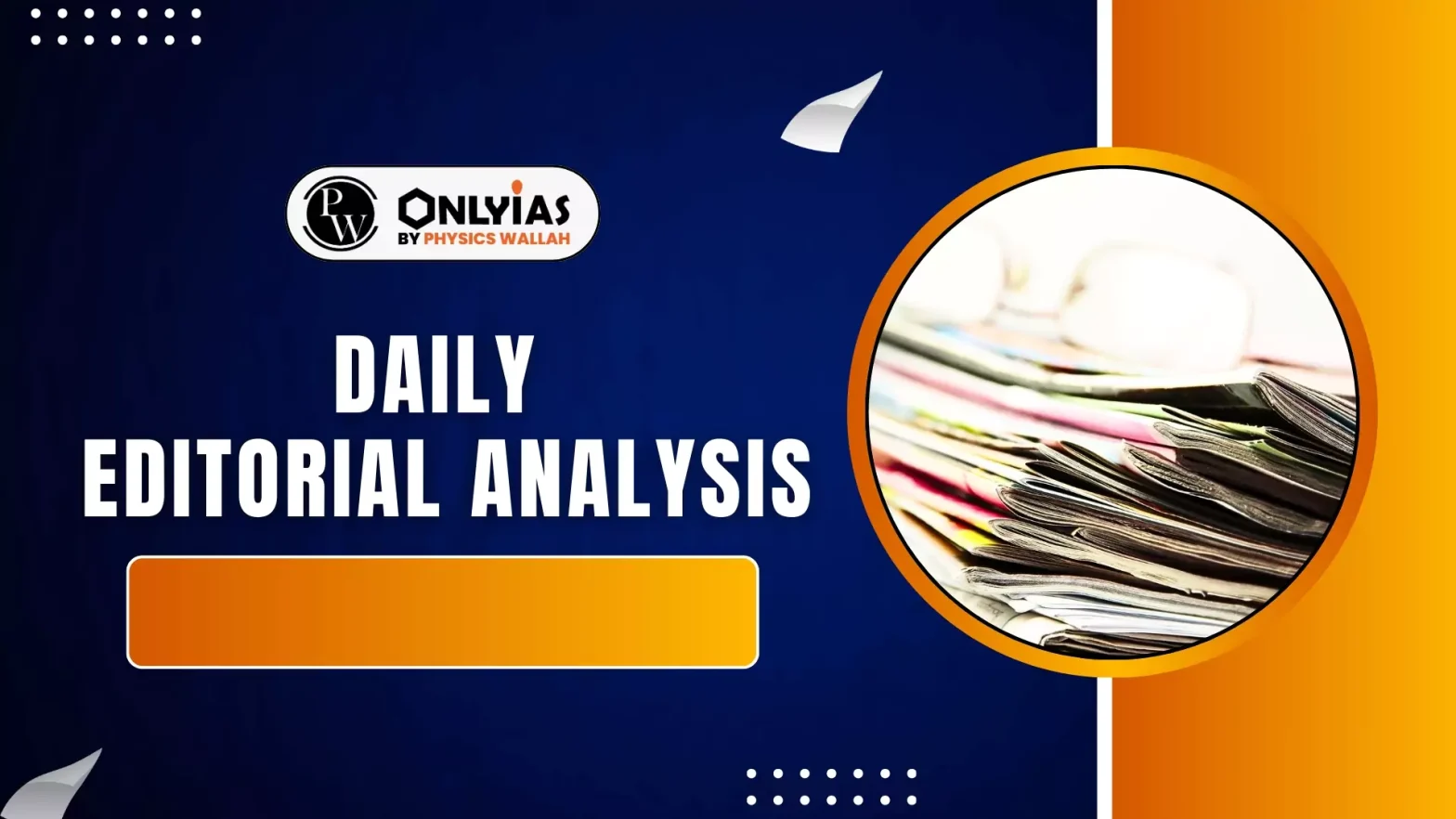With limited scope to increase traditional taxes, the idea of a comprehensive pollution tax is emerging as a new revenue avenue.
Rationale for Exploring a Pollution Tax
- Shrinking Fiscal Space: Tax rationalisation and slower nominal GDP growth are reducing the scope for higher tax revenues through conventional means.
- Non-Negotiable Expenditure: Social sector spending and capital expenditure commitments have increased and cannot be rolled back.
- Limits of Central Bank Transfers: Over-reliance on central bank surpluses amounts to indirect monetisation and is not sustainable.
Concept Behind a Pollution Tax
- Pigouvian Foundation: A pollution tax is based on Pigou’s principle of taxing negative externalities created by economic activity.
- Since pollution harms society, the polluter whether it is the producer or consumer must bear the cost.
- Distinct from Carbon Trading: Unlike “cap-and-trade” systems that permit trading of emission rights, a pollution tax directly levies a charge on polluting activity.
- Dual Purpose: It ensures all polluters pay, making the system democratic.
- If polluters shift to cleaner alternatives, revenues may fall, but overall environmental quality improves.
Approaches to Implementing a Pollution Tax
- Taxing Pollution Through Financial Indicators: A direct tax approach can link pollution intensity to the ratio of power and fuel expenses to turnover.
- Since these details are already available in the company’s profit and loss accounts, implementation becomes straightforward.
- Using the Pollution Index Classification for Differential Rates: Industries are already categorised as red (60+ score), orange (41–59), green (21–40), and white (≤20). These scores can guide pollution tax slabs.
- Clarifying Classification for Multi-Product Firms: When companies produce multiple products, classification requires clear criteria.
- A revenue threshold such as 51% or 33% of turnover from a specific product can identify the dominant polluting category.
- Avoiding Offsets and Allowances: Allowing Corporate Social Responsibility (CSR) or mitigation related offsets may lead to tax arbitrage.
- A simple, non-negotiable tax on pollution-causing activity ensures fairness and administrative simplicity.
- Consumer-End Pollution Levy: A tax on goods and services that cause pollution encourages consumers to shift to cleaner alternatives.
- High Revenue Potential: A ₹1/litre fuel levy can raise about ₹15,000 crore yearly, while a ₹100 air-ticket surcharge can generate around ₹2,000 crore.
- However, levying pollution taxes on essentials like fuel may add to inflation, requiring careful balancing.
Phased Introduction and Sectoral Priorities
- Targeting High-Polluting Sectors First: Initial focus can be on sectors like fuel and power, fashion, livestock, transport, data centres, construction, plastics, and chemicals.
- Agriculture and Livestock: Pollution from farming and livestock is hard to tax because the sectors are largely unorganised, and imposing levies without carefully designed exemptions risks significant social and political backlash.
- Administrative Ease: Early phases should target industries where compliance and monitoring are simpler.
Conclusion
A pollution tax offers the government a sizable, sustainable alternative revenue stream. It can drive behavioural change, promote cleaner production and consumption, and gradually reduce pollution levels across the economy.
![]() 17 Nov 2025
17 Nov 2025


